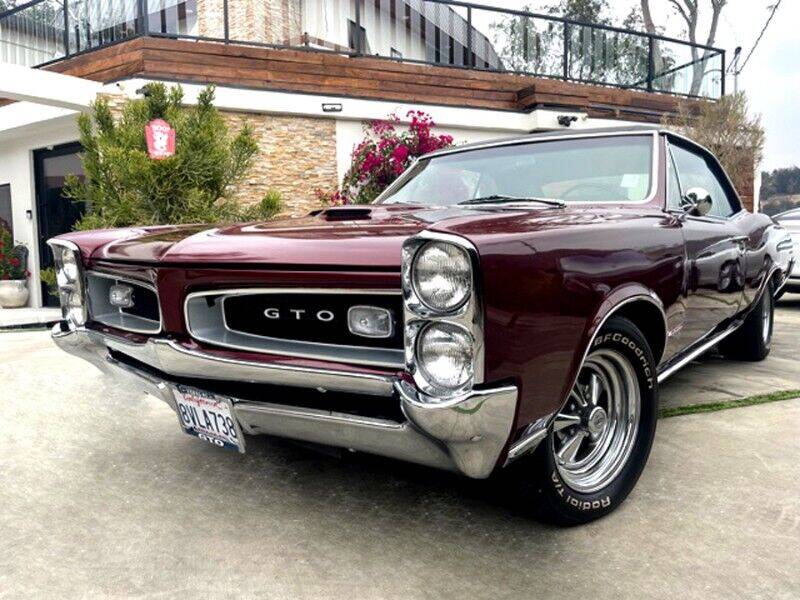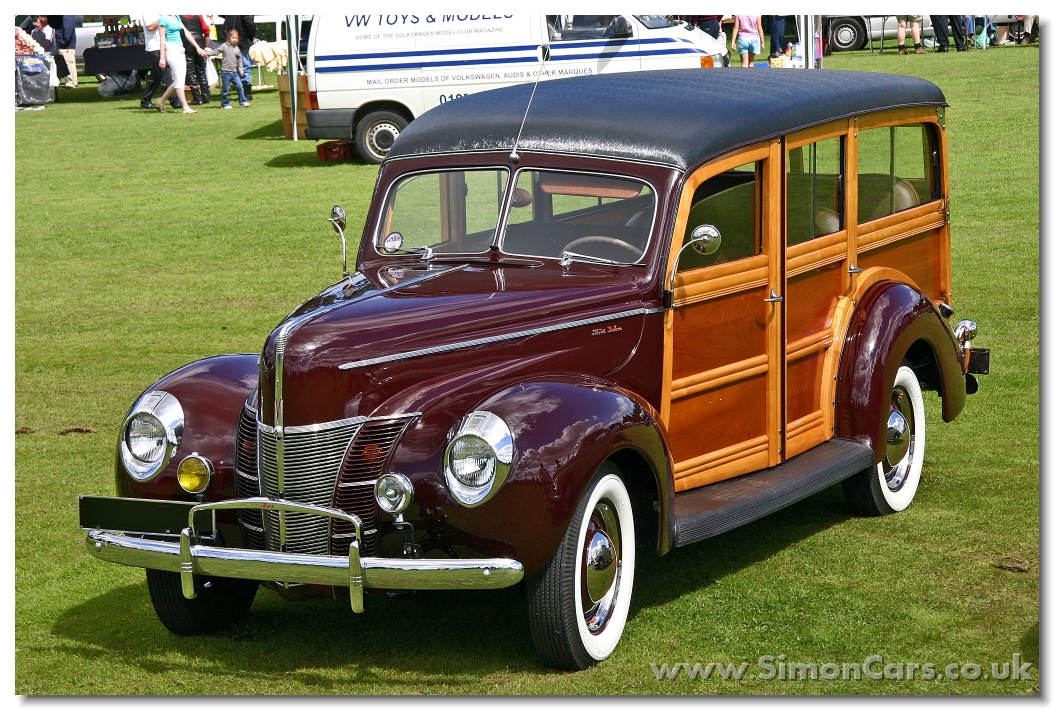
There are many reasons classic cars are so beloved. Some people are born to be passionate about cars, others acquire a love for them through their exposure to advertising or friends. Sometimes a person awakens with the insatiable urge to restore a classic automobile. Whatever the reason, we have all had the urge to buy a classic car at some point. If this sounds like it, then you should read on for more information about the different types American classic cars.
Ford F-series pickups
You may have seen the Ford F-series pickups if you've ever owned a classic American car. These cars have been around for decades and are still the best-selling vehicles in the country. Here are some facts about these iconic vehicles. Below, we have included a few. Here are a few things that you should know about Ford FSeries trucks.
Chevrolet C10
The Chevrolet C10 is a pickup truck that first debuted in the early 1960s. It was an early competitor to both the Ford F-Series & Dodge D-Series. The truck went through four generations. There were many variations of the C10, including the first cab over model. Also, there was a wide range of trim and engine options. The C10 has remained in production longer than its predecessors.

Chevrolet Bel-Air
Their timeless style is the reason why classic cars from 1950s America are so popular. One example of such a car is the Chevrolet Bel Air. The iconic Chevrolet Bel Air has been a part of American culture since its inception. This car combined form and function to make it a vehicle that was both functional and beautiful. If you have a well-maintained Bel Air, you will feel like a star.
Chevrolet Corvette
The iconic 1966 Chevrolet Corvette remains one of America's most loved and iconic automobiles. It was famous for its style and class. It made many cameos in movies and was even featured in Country music. The car was produced from September 1965 until July 1966. The new 427-cubic inches engine was a big leap forward for its time. It was originally rated at just 450 HP. The car had lost around 15 mph between 0-60. It was still a top-selling vehicle in history and the Chevrolet Corvette was quickly gaining popularity.
Pontiac GTO
The Pontiac GTO was a performance car that was produced from 1964 to 1974. It was a powerful car with large displacement engines that had unique lines. This made it more expensive than other Mopar models. Listed below are some of the highlights of this classic car. The GTO is a great choice if you are looking for a classic car.
Chevrolet Chevelle
The third generation of the Chevrolet Chevelle was given a foundational makeover. A new, more robust frame was designed with wider wheels and larger rear axles. The engine's reliability was enhanced by hydraulic camshafts and hardened valve seats. The engine was coupled to either a 4-speed manual transmission or an optional Turbo Hydra-Matic 3-speed automatic transmission.

Ford Mustang
The first model of the Ford Mustang was introduced in 1964 and has become an icon of the decade. Millions of people have admired this classic car for its affordability, great looks, and reliability. Ford has been producing special edition Mustangs for years to enhance power, style, as well as exclusivity. Collectors now spend a significant amount of money to own one of these cars. What Mustang model is the best? These are five reasons you should buy a classic car.
FAQ
Is it hard to be a mechanic apprentice?
It is not easy but it can be done quickly. There are many opportunities for advancement.
You must have patience and perseverance. You should also be able to repair cars, trucks, and motorbikes.
There is a lot of pressure from customers and family members who want you to succeed. However, you shouldn't be forced to make difficult decisions.
It could be a great job choice if you love fixing cars. You can make a decent living and build your business.
Perhaps you prefer a different route. If this is the case, you might want to become a technician.
This means that you can use your technical knowledge to help other workers. Technical support could include helping technicians to troubleshoot issues or teaching them new techniques.
Another option is becoming a service advisor. You will offer assistance and advice to customers when they bring cars to a garage.
It all depends on your goals. There are plenty of options available, and you can choose which suits you best.
What is the best career for an automotive mechanic?
Automotive is an exciting industry filled with opportunities for people who are committed to excellence. It is important to work hard and learn as much from others as you can in order to succeed in this industry.
Your job will require you to be a good communicator as you'll be talking to customers and other employees. You will need to be able and willing travel for work, making it more difficult to commute.
If you're interested in pursuing a career in automotive, consider taking classes at community colleges and universities. Many schools offer programs specific to students interested in sales, auto repair, or customer service.
You should choose to study mechanical engineering if you want to get a degree. A bachelor's degree can be obtained in four years.
Many companies will also hire graduates right out of school. You should start looking for employment as soon as you are able to continue your studies part-time.
Once you've completed your education, you'll probably need to complete some form of training before being able to take up a position as an automotive technician.
This means that you will need to pass tests such as the Automotive Excellence (ASE) certification exam. This exam covers topics such as engine maintenance, brakes and suspension.
After passing the ASE test you can apply for a National Institute for Automotive Service Excellence (NIASE) license.
A license allows you to perform repairs on vehicles owned by private individuals. In exchange, you'll receive compensation based on the number of services performed.
Not all states require licensing. If you intend to work in another state, however, you will need a license.
Some states don't issue licenses until after completing a certain amount of training. This may be the case for you.
How long does it take to become a good mechanic?
Expert mechanics take years of practice and extensive experience. Working under the guidance of a professional mechanic is the best way to learn how repair cars.
You will be required to spend time at a car garage learning as much as you can about cars. You'll need to study mechanical engineering books on mechanics and car design.
You will also need to go to auto school.
The most important thing is to start early. Do not wait to learn automotive technology. If you want to qualify as a mechanic, get started now!
What is the best way to learn about car mechanics
You don't need to know anything about cars to work as an auto mechanic. All you need to know is how to fix things. That's why most people start doing jobs like fitting brake pads or changing tires before progressing to more complex repairs.
You'll need to know how to read diagrams, understand written instructions and follow basic rules of good practice. It is also important to know how to determine if parts are damaged or need to be replaced.
You should not attempt to fix vehicles without proper training and guidance. This is especially true if your job involves expensive parts like transmissions or engines.
In fact, even though you won't need to know much about cars, you will need to thoroughly know the basics of mechanical engineering and physics. This includes understanding the mechanics of how engines and brakes work.
Noting that all situations are possible, it is important to be prepared. For instance, you might find yourself in charge of a vehicle that has been in a serious accident. Additionally, you will need to have experience with handling accidents and breakdowns.
You should also be open to learning quickly. It is important to be able both to diagnose problems and perform simple maintenance tasks, such as tightening nuts.
Statistics
- There were 749,900 jobs available for automotive service technicians and mechanics in 2016, which is expected to grow by six percent through 2026. (jobhero.com)
- Apprentice mechanics earn significantly less hourly than mechanics who have completed training, with a median wage of approximately $14.50 an hour, according to PayScale. (jobhero.com)
- The U.S. Bureau of Labor Statistics (BLS) reports that the job outlook for automotive service technicians and mechanics is expected to decline by 4% from 2019 to 2029. (indeed.com)
External Links
How To
How to properly diagnose your vehicle for repair
You should first examine the symptoms your car is showing to determine if it requires repairs. Then, follow these steps to diagnose your vehicle properly.
-
Check engine lights. You should inspect the dashboard lights, such as the engine light indicator and the oil pressure gauge. Also, check the battery light indicator. If any of them have been flashing for several days, it may mean something is wrong with your vehicle.
-
Examine the treads of the tires. Tires with worn treads could cause problems when handling or braking. You should inspect the treads on your wheel. They should be clean and smooth. You can do this by taking off the wheels. Check the tread condition with a flashlight.
-
Monitor the level and consistency of your brake fluid. You must keep track on the level of brake fluid in your vehicle. You can ensure that your brakes are working properly by monitoring the level of brake fluid in your vehicle. If the brake fluid level is low, your brakes might fail when you apply pressure to them.
-
The suspension system should be tested. The suspension system in vehicles absorbs vibrations and shocks. It provides better control and allows smoother acceleration and deceleration. It might feel uncontrollable or wobbly if your vehicle is suffering from a suspension problem. To test whether your vehicle has a suspension issue, try putting weight on the front or rear axle and observe the movement.
-
Examine the steering column. Steering columns connect the steering wheels to other parts of the vehicle. Steering columns can be damaged by accidents. Replace it if your steering column feels loose or unsteady.
-
Pay close attention to the exhaust tube. The exhaust pipes transport gases from the combustion chamber to outside. You can let harmful fumes into your home if your exhaust pipes crack or leak. It is also important to repair any bends in your tailpipe immediately.
-
Take a look at the underside of your hood. To check for unusualities, look under the hood. Leakage of fluids in your engine could indicate that it is leaking. Also, professional technicians should be called if you detect an unusual smell coming out of your engine compartment.
-
Make sure to check the air filter. The vehicle's outside environment may cause the air filter to collect dust and debris. A dirty air filter causes your vehicle to run poorly. Replace your air filter regularly.
-
Make sure you check the fan belt. Your vehicle's fanbel connects the engine and transmission. If the fanbel breaks, your engine won't turn. It is very easy to replace your belt. You will need a screwdriver, pliers and a pair of pliers.
-
Make sure you inspect the radiator hoses and hoses. The radiator hose transports water from radiator to engine. It can become cracked or damaged and leak hot liquid onto your engine. You only need a pair of needle-nose pliers and a small wire brush to repair the hose.
-
Make sure you have the windshield wipers checked. Windshield wipers use electricity to remove snow and rain. If they stop working, streaks could be left on your glass. You can fix the problem by changing the washer fluid.
-
Make sure you check the cables. Batteries provide power to electrical systems inside your car. Always disconnect the negative wire before you replace batteries. Failure to do so can damage your alternator.
-
Make sure your headlights are working properly. The headlights provide illumination for the road ahead. It can lead to poor visibility if they aren't working properly. To determine if your bulbs are out of date, check them.
-
Make sure you have your lights on. If you approach other drivers at night, lights will warn them. One that doesn't work could cause you to be distracted, and possibly lead to an injury.
-
Make sure you check your brakes. Before you collide with another vehicle, brakes will slow down the car. If they aren't working correctly, you could lose control of your car and crash.
-
Change the oil. The oilkeeps your engine lubricated. It protects metal parts and prevents them from wearing too quickly. It is recommended to change the oil once a month.